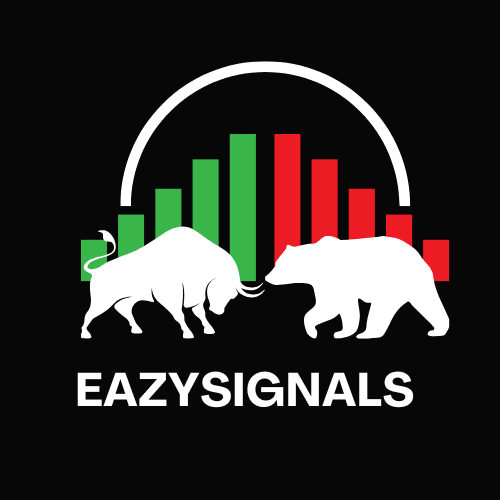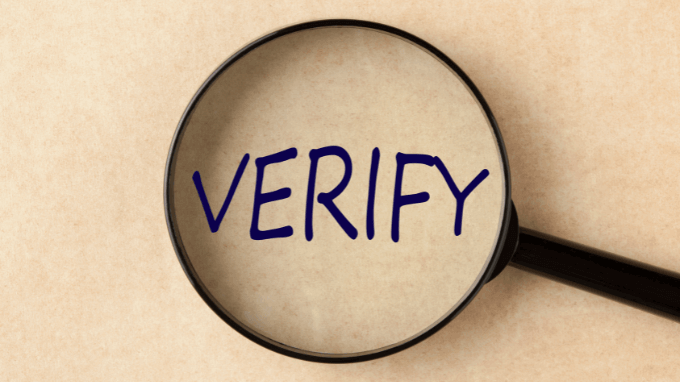When entering the world of Forex trading, one of the first things you’ll encounter is the concept of leverage, margin calls, and stop-out levels. While these terms may seem intimidating at first, they are crucial for managing risk and protecting your trading capital. Unfortunately, many traders overlook their importance often with disastrous consequences.
In this detailed guide, we’ll break down what stop-out levels and margin calls are, how they differ, and why they matter in Forex trading. We’ll also provide real-world examples, key considerations, and actionable strategies to help you avoid unnecessary losses.
What Is Margin in Forex Trading?
Before diving into stop-out levels and margin calls, it’s essential to understand margin itself.
Margin
Margin is the collateral required by brokers to open and maintain leveraged positions. Unlike traditional investing, where you need the full amount to buy an asset, Forex allows you to control large positions with a fraction of the capital thanks to leverage.
For example:
- If your broker offers 1:100 leverage, you only need 1% of the trade’s total value as margin.
- To trade $100,000 worth of EUR/USD, you’d need just $1,000 in your account.
While this amplifies potential profits, it also magnifies losses, making risk management critical.
Margin Level: A Key Metric
Your margin level is a percentage that indicates how much of your account equity is being used for open trades. It’s calculated as:
- Equity = Account balance + Unrealized P&L
- Used Margin = Amount locked as collateral for open trades
A high margin level means you have a safety cushion, while a low margin level signals increased risk of liquidation.
Margin Calls vs. Stop-Out Levels: What’s the Difference?
Many brokers use margin calls and stop-out levels to mitigate risk both for themselves and traders. However, they function differently.
1. Margin Call: A Warning Signal
A margin call is a broker’s alert that your account equity has fallen below a certain threshold relative to your used margin.
- Example: If your broker has a 20% margin call level, you’ll receive a warning once your equity drops to 20% of your used margin.
- What happens next?
- The broker may urge you to deposit more funds or close losing positions.
- If ignored, your account risks hitting the stop-out level.
2. Stop-Out Level: Automatic Liquidation
The stop-out level is the point where your broker automatically closes positions to prevent further losses.
- Example: If the stop-out level is 10%, once your equity drops to 10% of the used margin, the broker will start liquidating trades—beginning with the most unprofitable ones.
- Why does this happen?
- Brokers do this to protect themselves from negative balances.
- It also prevents your account from complete depletion.
Different Broker Policies
Not all brokers handle margin calls and stop-outs the same way:
| Broker Type | Margin Call Level | Stop-Out Level | Action Taken |
|---|---|---|---|
| Warning-Based | 20% | 10% | Issues a margin call first, then liquidates at stop-out. |
| Immediate Liquidation | 100% | 100% | No warning—positions close automatically if equity falls below margin. |
| Hybrid Approach | 150% | 100% | Issues a margin call early, but liquidation occurs at 100%. |
Key Takeaway: Always check your broker’s specific policies before trading.
Real-World Examples of Margin Calls & Stop-Outs
Let’s examine three scenarios to illustrate how these mechanisms work in practice.
Example 1: Standard Margin Call & Stop-Out
- Broker Policy: 50% margin call, 20% stop-out
- Account Balance: $10,000
- Used Margin: $1,000
| Loss Level | Equity | Margin Level | Action |
|---|---|---|---|
| -$9,500 | $500 | 50% | Margin call issued (Warning to add funds or close trades) |
| -$9,800 | $200 | 20% | Stop-out triggered (Broker closes positions automatically) |
Example 2: High Margin Call Threshold
- Broker Policy: 200% margin call, 100% stop-out
- Account Balance: $1,500
- Used Margin: $200
| Loss Level | Equity | Margin Level | Action |
|---|---|---|---|
| -$1,100 | $400 | 200% | Margin call issued |
| -$1,300 | $200 | 100% | Stop-out triggered |
Example 3: Immediate Liquidation (100% Stop-Out)
- Broker Policy: 100% margin call & stop-out
- Account Balance: $5,000
- Used Margin: $5,000 (Full account margin used)
| Loss Level | Equity | Margin Level | Action |
|---|---|---|---|
| -$0.01 | $4,999.99 | <100% | Stop-out triggered immediately (No margin call warning) |
Lesson Learned: Using excessive leverage can lead to instant liquidation if the market moves against you.
How to Avoid Margin Calls & Stop-Outs
1. Use Proper Risk Management
- Trade small: Risk 1-2% per trade to withstand volatility.
- Avoid over-leveraging: Just because you can use 1:500 leverage doesn’t mean you should.
2. Monitor Margin Levels Closely
- Keep your margin level above 200% to avoid sudden liquidations.
- Use stop-loss orders to limit losses before margin calls occur.
3. Deposit Extra Funds as a Buffer
- Maintain a cushion of extra capital to absorb unexpected losses.
4. Practice on a Demo Account First
- Test strategies risk-free before going live.
5. Understand Broker Policies
- Some brokers offer negative balance protection, while others don’t.
- Check if they close all positions or just the worst-performing ones at stop-out.
Can You Go into Negative Balance?
In extreme market conditions (e.g., the 2015 Swiss Franc crash), stop-outs may fail, leading to negative balances. However:
- Most regulated brokers now offer negative balance protection.
- Unregulated brokers may demand repayment of negative amounts.
Always trade with a reputable, regulated broker.
Final Thoughts
Margin calls and stop-outs exist to protect both traders and brokers from catastrophic losses. By understanding how they work, you can:
- Avoid unnecessary liquidations
- Trade with confidence
- Maximize long-term profitability
If you’ve ever faced a margin call or stop-out, return to a demo account, refine your strategy, and only resume live trading when you’re truly ready.
For more Forex insights, subscribe to our newsletter and stay updated with the latest trading strategies!
Key Takeaways
✔ Margin is the collateral needed to open leveraged trades.
✔ Margin calls are warnings; stop-outs force liquidation.
✔ Avoid over-leveraging and always use risk management.
✔ Check broker policies to understand liquidation rules.
✔ Negative balances are rare but possible—trade with regulated brokers.


Our Editorial Desk – Focuses on forex trading, gold (XAU/USD), and commodities that move the markets. Our editorial desk blends human insight with AI-powered research to produce sharp, actionable content. We aim to help traders make informed decisions with unbiased market coverage.

